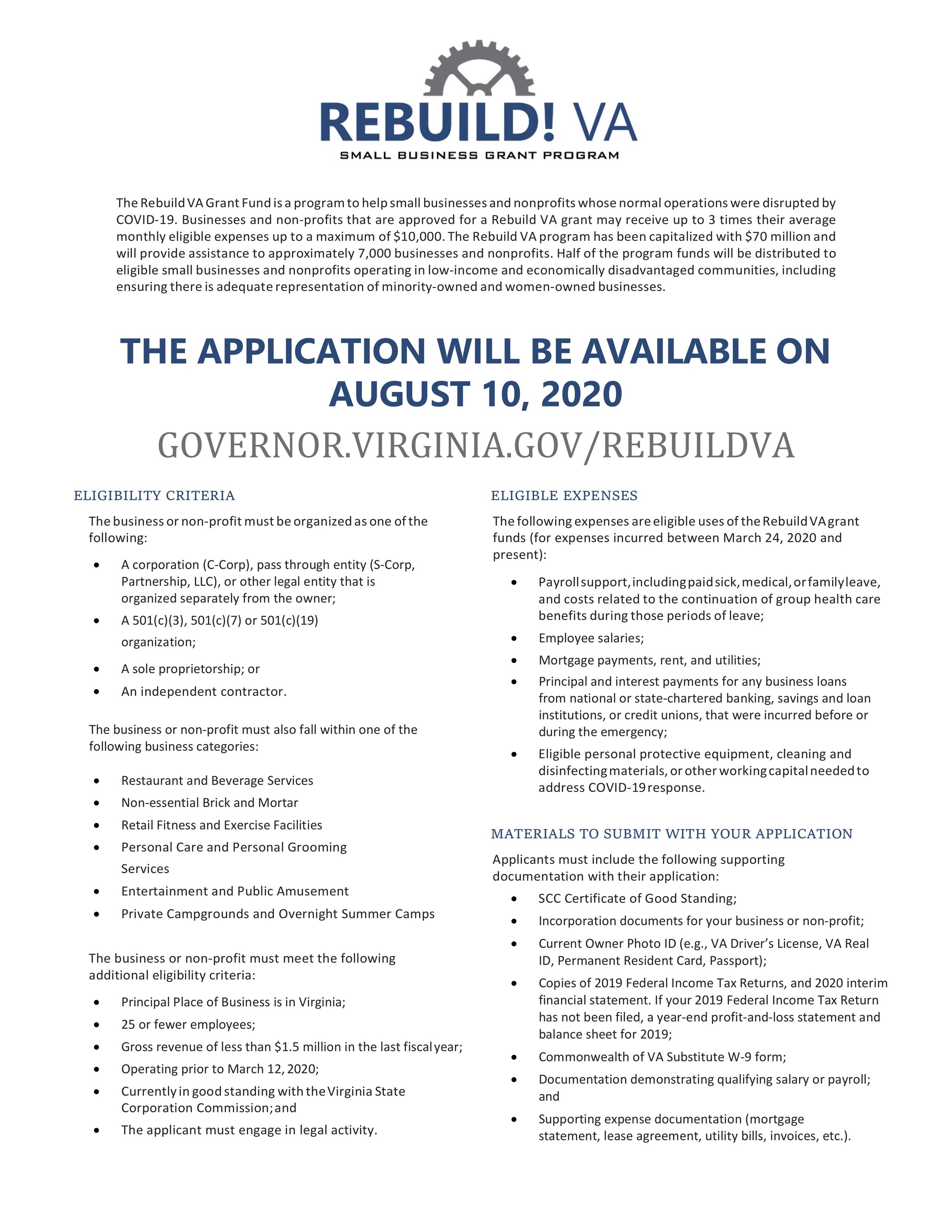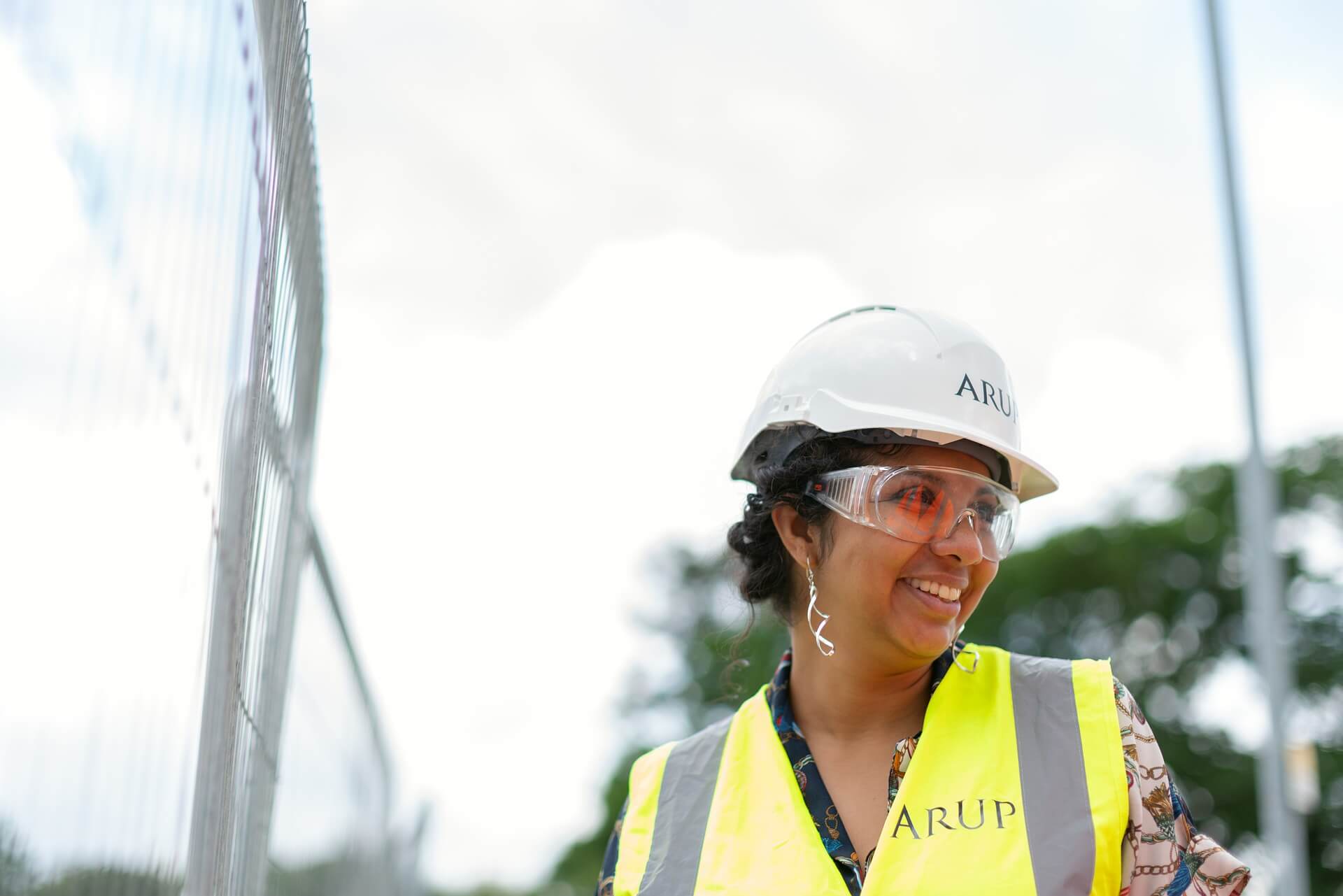
Special education is an education that considers the individual needs and characteristics of each student. This includes adapting materials and equipment to each student's needs and using individualized teaching methods. It also requires the creation of an accessible learning environment. This type of education is one where every teacher makes every effort to make the child feel comfortable. There are many types of special education. This article will discuss some of the more common special education options.
Environments that are less restrictive
Public education is founded on the principle of the Least Restrictive Environment for Special Education. It states that children with disabilities must be educated in the exact same classroom as their peers. What does this really mean? For every child, the environment that is least restrictive for special education might look different.
The Least Restrictive Environment for Special Education is defined in the Individuals with Disabilities Education Act (IDEA). LRE must also be considered when developing an Individualized Education Program. This is a key component of the IEP process. The LRE must be carefully considered by the IEP team to ensure that the student receives appropriate services.
Individualized education plan (IEP)
An Individualized Education Plan or IEP describes how a student will learn. It also specifies the methods and services that teachers and support providers will use. It is important to evaluate the skills and abilities of students with disabilities.

An IEP should also include the child's current performance in school. This information comes from classroom assessments and individual tests. These tests are often given during reevaluations. Parents and other sources can also be used to collect information about the child’s performance. In the IEP, you should also mention how disability impacts the child's participation and learning.
Structured educational setting
Students with special needs receive intensive support in a structured learning environment that allows them to increase their functioning. Students are able to focus on academic tasks while also communicating with their teachers. They also benefit greatly from the guidance they receive regarding managing their behavior. Structured education is about helping students reach their grade level by giving them routines and structure.
Students with special education needs may have learning disabilities, speech or language impairments, and other needs. You may also have emotional or behavioral disorders, as well as physical disabilities such muscular dystrophies. Students may require more or less teachers depending on their disability. They might also need specialized equipment and physical adaptations.
Discrimination
Discrimination in special education can be a complicated issue. Although the IDEA can be a valuable tool to ensure equal educational opportunities for all students it still relies on widespread assumptions about race, disability and other factors. Particularly, the IDEA has a lot of faith that students will be evaluated and that discrimination won't be found in those evaluations.
How children are perceived can have an impact on how they identify as disabled people. Jesse and Michael's case shows how unconscious and structural racism influenced their perceptions. Additionally, the disability label of a child can be used as a way to expel difficult children or increase their eligibility for resources. This could lead you to other harmful school practices.

Response to intervention model
The Response to Intervention is a teaching strategy that focuses upon individual needs. The model requires that students who are not responding to instruction undergo a series of increasingly intense interventions. This model was initially used in special education. However, it is now used extensively in public education.
Response to Intervention is a district-wide educational strategy for students at risk for academic failure. It uses research-based strategies to help students reach their goals and progress in general education. Students are constantly evaluated to ensure that the interventions are working. The typical length of the program is between 10 and 12 weeks depending on student needs.
FAQ
Do you have to go to college in order become an early education teacher?
You can't, but it is worth considering going to college to get a degree in this field.
It is important to remember that it is not easy to become a teacher. There are lots of applicants who aren't accepted into programs each year. Many people also drop out after just one semester.
To be a teacher, you will need to have strict qualifications.
What is the difference between a college and a university
A university is an institution that offers higher education. It offers both undergraduate and graduate courses in many fields.
A college is usually smaller than a university and has a lower reputation. It might offer fewer courses, but it will often have its own specialist areas.
How long does it take for an early childhood teacher to become certified?
The four-year process to earn a bachelor's level in early child education takes. Two years will be spent taking the general education courses required of most universities.
After you have completed your undergraduate education, you can usually apply to graduate school. This allows you to become a specialist in a specific area of study.
One example is to choose to specialize in child psychology or learning difficulties. After earning a master's, you must apply to a teacher preparation program.
This process will take another few years. During this period, you will work with experienced educators to gain real-world knowledge.
Finally, you will need to pass state exams before you can officially begin working as a teacher.
It takes many years for this process to complete, so you may not be able immediately to join the workforce.
How can I apply to college
There are many ways to apply for college. Get started by talking to your high-school guidance counselor or admissions representative. Many high schools offer online applications. You can also contact local colleges directly. Many colleges accept applications via the Internet.
If you are applying by mail you will need to fill in the application, submit a personal statement and copies of all required documents. You have the opportunity to express why you wish to attend this college and how it will benefit you. It also helps the admissions committee understand your goals and motivations.
Our website contains sample essays you can download.
What is homeschooling?
Homeschooling refers to a way in which children are taught at home by their parents. It is also known as private education, self-education, or home educating.
For families who wish to educate their children at home, homeschooling is an excellent option. This allows them to get a quality education in the comfort of their own homes.
Children are educated by their parents from the time they are born until they reach high school. They decide what subjects and how long they should study. Each student learns all on their own.
Parents decide when to begin teaching their children. Most schools recommend that children start classes at age four to twelve years. However, some families wait to teach their children until they are old enough to do so.
You can use any number resources to help your children through the curriculum. Videos, books, websites, magazines, and even magazines can provide valuable lessons.
Many families find that homeschooling works well with their busy schedules. Homeschooling allows parents to spend more time with their children, than traditional public schools.
How much does homeschooling cost?
Homeschooling is free. There are no set fees. Some families charge between $0-$20 per lesson. Other families offer free services.
Homeschooling takes dedication and commitment. Parents must make time for their children.
Access to books, materials, and other learning aids is essential. Many homeschoolers need to access community programs and events to complement their curriculum.
Parents must think about the cost of transport, tutoring, and other extracurricular activities.
Homeschoolers should also plan ahead for vacations, field trips, and special occasions.
What are the main types of early education?
There are many ways to explain early childhood education. The most common ones include:
-
Preschool - Children ages 2 to 5
-
PreKindergarten for children aged 4-6
-
Head Start/Headstart - Children from 0-3 Years
-
Day Care/ Daycares- Children aged 0-5
-
Child Care Centres - Children from 0-18 Years
-
Family Child Care - Children from 0-12 Years of Age
-
Homeschooling – Children from KG up to 16
Statistics
- They are more likely to graduate high school (25%) and finish college (116%). (habitatbroward.org)
- They are also 25% more likely to graduate from high school and have higher math and reading scores, with fewer behavioral problems,” according to research at the University of Tennessee. (habitatbroward.org)
- “Children of homeowners are 116% more likely to graduate from college than children of renters of the same age, race, and income. (habitatbroward.org)
- Think of the rhetorical power of nineteenth-century abolitionist Harriet Beecher Stowe, Martin Luther King, Jr., or Occupy Wall Street activists with their rallying cry of “we are the 99 percent.” (bostonreview.net)
- In most developed countries, a high proportion of the population (up to 50%) now enters higher education at some time in their lives. (en.wikipedia.org)
External Links
How To
How do I apply for scholarships?
Apply for scholarship funding first. The criteria that you must meet to qualify for a scholarship are listed below.
If you are economically poor, you might be eligible to receive a grant. If you are enrolled in vocational training courses, you may be eligible for a work-study grant. And you can receive a grant because you are a member of a minority group.
You can then apply for scholarships after you have made a decision about your eligibility.
You can apply online or in person. The process of applying varies according to the scholarship.
Some scholarships require that you submit essays about yourself and why the money is important to you. Others may ask questions such as, "Why did your choose this major?"
You will need to complete an application form for most scholarships and provide supporting documents.
Your scholarship provider may review your information. If you are chosen, you will receive an email or postal notification.
Even if your application is not accepted, you may still be eligible to receive a scholarship. Contact your scholarship provider for details.